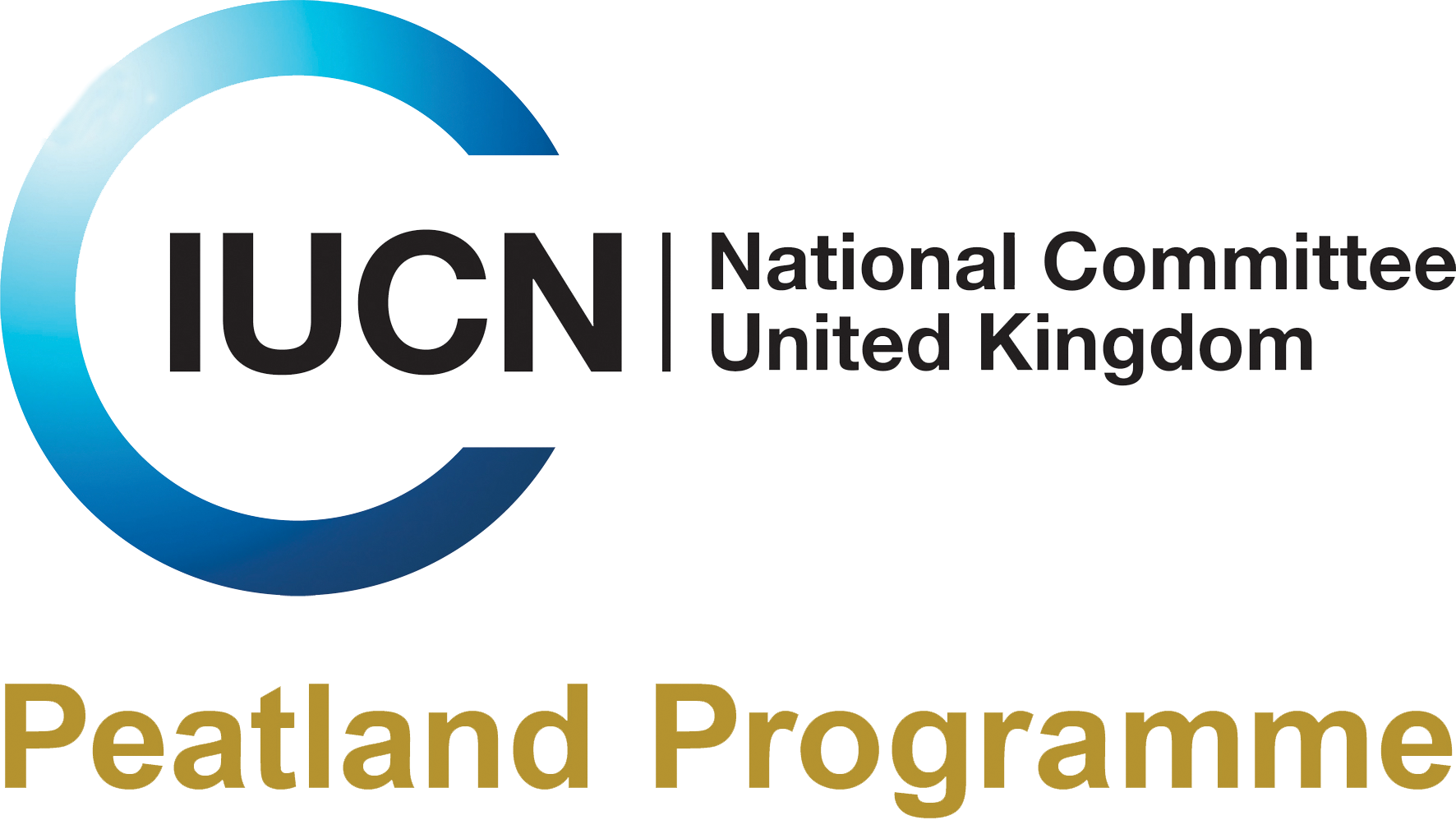Sphagnum is a key ingredient of natural flood management
In 2008 iCASP published research that showed how water running over Sphagnum on blanket peatlands moved much more slowly (often ten times slower) than water running through sedges or bare peat.…
